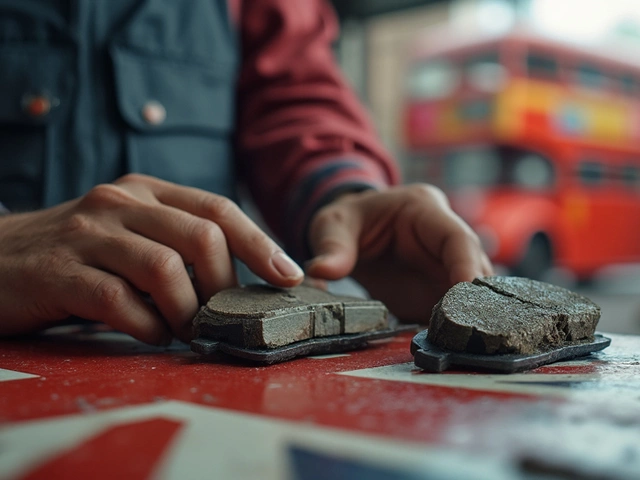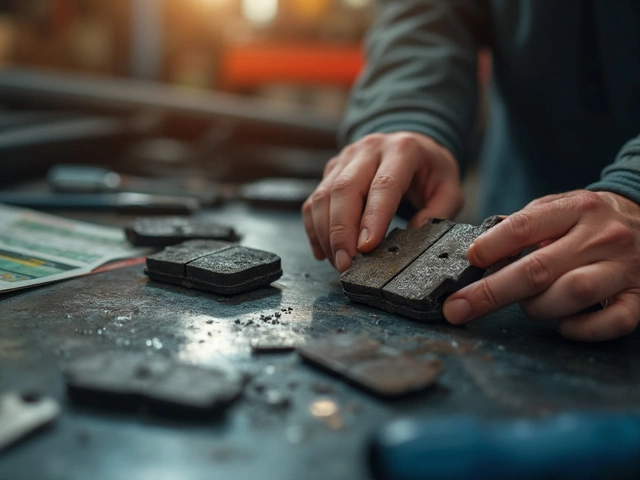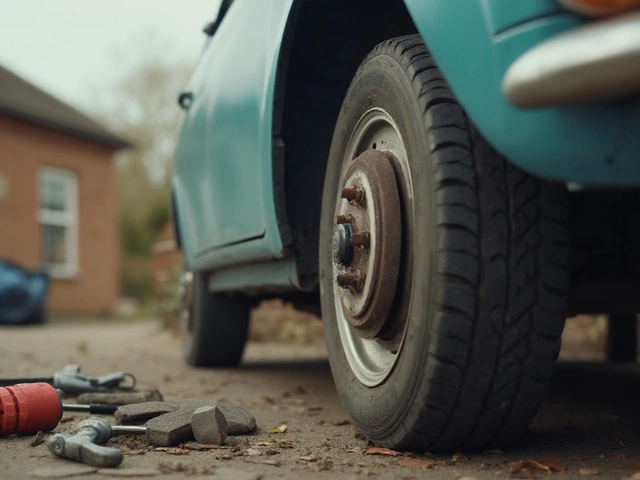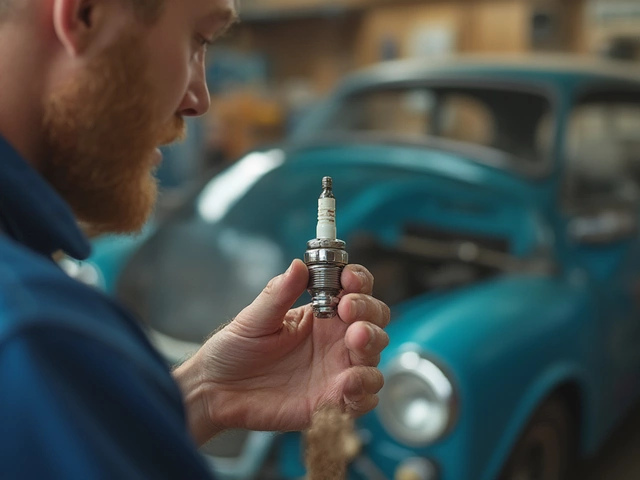Cabin Air Quality: Easy Tips to Keep Your Car’s Air Fresh
Ever notice a stale smell after a short drive? That’s a sign your cabin air isn’t as clean as it should be. Bad air inside your car can make you feel tired, cause allergies, and even affect how well your HVAC works. The good news is fixing it is simple and cheap. Below are the most practical steps you can take right now.
Why Cabin Air Quality Matters
The air you breathe in the car comes from two places: fresh outside air and the air that’s already inside the vehicle. When the cabin filter is dirty, it can’t trap pollen, dust, and exhaust fumes. Those particles then circulate every time you turn on the fan or AC. Over time they settle on seats, dashboards, and even your lungs. If you have asthma or allergies, a dirty filter can make symptoms flare up faster than you expect.
Another hidden issue is the HVAC system itself. Moisture that builds up in the vents can lead to mold, which also spreads through the air you breathe. Keeping the system dry and clean stops that problem before it starts.
How to Improve Cabin Air Quality
1. Check and replace your cabin filter. Most cars have a cabin filter behind the glove box or under the hood. Look at your owner’s manual for the exact location. When you see the filter is dark or has a strong smell, swap it out. A good filter costs around £10‑£20 and lasts about 12‑18 months, but you can change it sooner if you drive in dusty areas.
2. Clean the vents. Use a soft brush or a vacuum with a narrow nozzle to wipe away dust from the vent grilles. For deeper grime, a damp cloth with a little mild detergent works fine. Make sure the vents are completely dry before you turn the fan back on.
3. Use the recirculation mode wisely. When you’re stuck in traffic, turning on recirculation prevents outside exhaust from entering the cabin. However, run the fresh‑air mode regularly to let new air in and avoid stale air buildup.
4. Keep smoking and strong odors out. Smoke clings to fabric and can linger for weeks. If you or a passenger smokes, step out of the car before lighting up. Choose natural air fresheners like a small bag of charcoal or a citrus‑scented sachet instead of heavy chemical sprays.
5. Maintain the AC drain. Your car’s AC has a drain tube that lets excess water escape. If it gets blocked, water can sit and grow mold. Locate the drain (usually a small rubber hose under the car) and gently blow air through it or use a thin wire to clear any blockage.
6. Schedule regular HVAC checks. A quick visit to a trusted garage can catch problems like a leaking seal or a failing blower motor. Most shops will inspect the system for free when you bring in the cabin filter.
Following these steps doesn’t take long, and the difference is noticeable. Fresh‑smelling air makes every drive more comfortable, and you’ll feel better if you suffer from allergies. Plus, a clean HVAC system works more efficiently, which can save a little fuel too.
Next time you get inside your car, take a quick sniff. If it smells clean, you’re on the right track. If not, grab a new filter and give those vents a quick clean. Your lungs and your car will thank you.
 11 July 2025
11 July 2025
Premium Air Filter Benefits: Should You Upgrade for Cleaner Car Air?
Wondering if a premium air filter is worth the extra cost? Dive into facts, myths, and practical benefits to see how it might change your car’s performance and your daily drive.
Latest Posts
-

Front or Rear Brakes: Which Brake Pads Wear Out First?
-

Brake Pads: How Often Should You Really Replace Them?
-

What Happens If I Don't Replace Spark Plugs?
-

Is It Safe to Change Only Rear Brake Pads? Expert Tips for Car Owners
-

How to Know When Spark Plugs Need Replacement: Signs, Symptoms, and Pro Tips

0